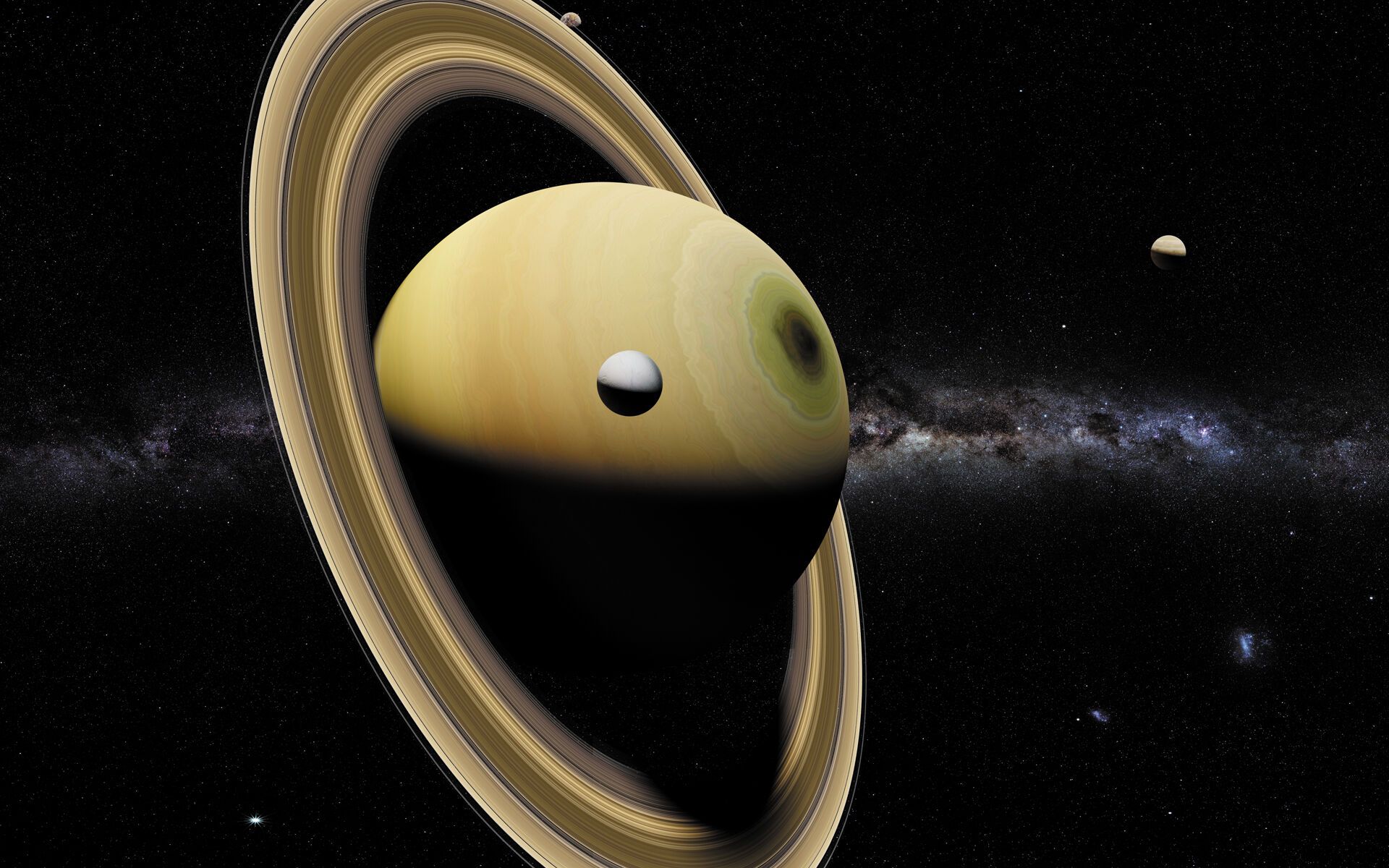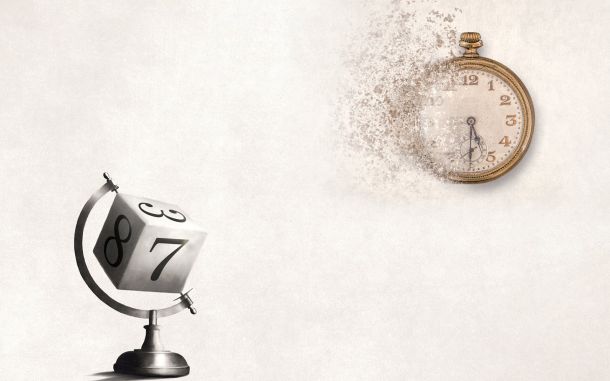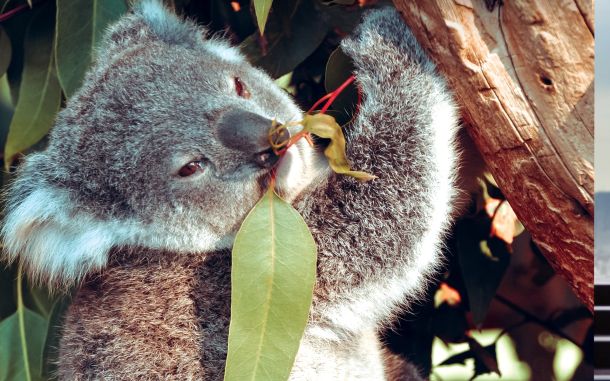Science Square (Issue 150)

How much sleep is good for health?
Sabie S et al. Association of sleep duration at age 50, 60, and 70 years with risk of multimorbidity in the UK: 25-year follow-up of the Whitehall II cohort study. PLOS Medicine, October 2022.
Sleep is an essential function to help restore, rest and rejuvenate the body and mind. Yet, many people neglect a good night’s sleep. A recent study followed up 8000 people at the ages of 50, 60 and 70 over a 25-year period and found that short sleep duration is associated with a higher likelihood of being diagnosed with multiple chronic diseases, also called multimorbidity. Scientists examined the relationship between how long each participant slept daily, mortality, and whether they had been diagnosed with two or more chronic diseases such as heart disease, cancer, arthritis, dementia or diabetes. Participants who have five hours of sleep or less at age 50 were 20% more likely to have been diagnosed with a chronic disease and 40% more likely to be diagnosed with two or more chronic diseases compared to others who slept for up to seven hours. Moreover, sleeping for five hours or less at the age of 50, 60, and 70 was linked to a 30% to 40% increased risk of multimorbidity again when compared with those who slept for up to seven hours. Finally, sleeping for five hours or less at age 50 was associated with 25% increased risk of mortality suggesting that short sleep duration increases the risk of chronic diseases that can eventually lead to death. While sleep habits and structure change as people age, scientists recommend sleeping for 7 to 8 hours a night. Any sleep duration above or below these numbers have been associated with individual chronic diseases. This study adds to a growing body of research that highlights the importance of getting a good night's sleep. In addition to how many hours you sleep, it is also important to make your room quiet and dark enough with a comfortable temperature. Keeping electronic devices away and avoiding heavy meals before you sleep also make a big difference for a healthy sleep.
Magnetic bacteria fight against cancer
Gwisai T et al. Magnetic torque–driven living microrobots for increased tumor infiltration. Science Robotics, October 2022.
One of the biggest challenges in the cancer therapeutics is to find efficient ways for anti-cancer drugs to reach the tumors they target. Researchers showed that they can now use bacteria to cross the blood vessel wall and infiltrate tumor tissue. In a recent study, researchers focused on the naturally magnetic bacteria Magnetospirillum, which can respond to magnetic fields and can be controlled by magnets. They first conjugated liposomes to the bacteria, tagged them with a fluorescent dye and demonstrated that the "cargo" was accumulated inside the cancerous tissue in cell culture. Then in animal models they showed that the magnetic bacteria were able to cross the vascular wall near the cancerous growth and migrate deep into the tumor's interior when a rotating magnetic field applied at the tumor from outside the body. In principle, there are two major ways that bacteria can fight against cancer. First, they can carry anti-cancer drugs into the tumor. Second, they can damage and eliminate tumor cells in coordination with the immune system. It is now technically possible to modify bacteria using synthetic biology to optimize their therapeutic effect, reduce side effects and make them safer. This study opens up the possibility to use a magnetic field to control any clinically used therapeutic bacteria that have no natural magnetism as well.
Secrets of Saturn’s rings
Wisdom J et al. Loss of a satellite could explain Saturn’s obliquity and young rings. Science, September 2022.
Scientists have long debated the origin and age of Saturn’s rings. Why are they much younger than the planet? Are they a permanent feature of Saturn? Or will they someday disappear? A new study provided fresh insights into the secrets of Saturn’s rings. The astronomers collected and analyzed data from 41 solar events, in which Saturn’s rings passed in front of the sun as seen from NASA’s Cassini spacecraft that orbited Saturn from 2004 to 2017. In combination with extensive computer simulations, they came up with the following model. Saturn, which currently has 83 moons, had at least one more moon, nicknamed in this study as Chrysalis. Chrysalis was tugging at the Saturn in a way that allowed it to have gravitational interaction with Neptune. About 160 million years ago, Chrysalis got too close to Saturn and created powerful tides that ripped the moon to shreds. Much of its debris fell into Saturn, and the rest spread out over the following hundred thousand years to form the iconic rings. Moreover, the loss of Chrysalis was enough to remove Saturn from Neptune's gravitation and left it with its present-day unusually large 27 degree-tilt on its axis. The current model can explain several otherwise puzzling properties of Saturn at once and is consistent with the measured age and mass of the rings. It is noteworthy that these studies do not solely serve the purpose to feed into our curiosity about mysterious objects in space. Ring systems around giant planets provide invaluable test beds for investigating fundamental physical properties and processes in our solar system. Understanding the formation and evolution of ring systems could also help us to understand how planets, including Earth, form.









